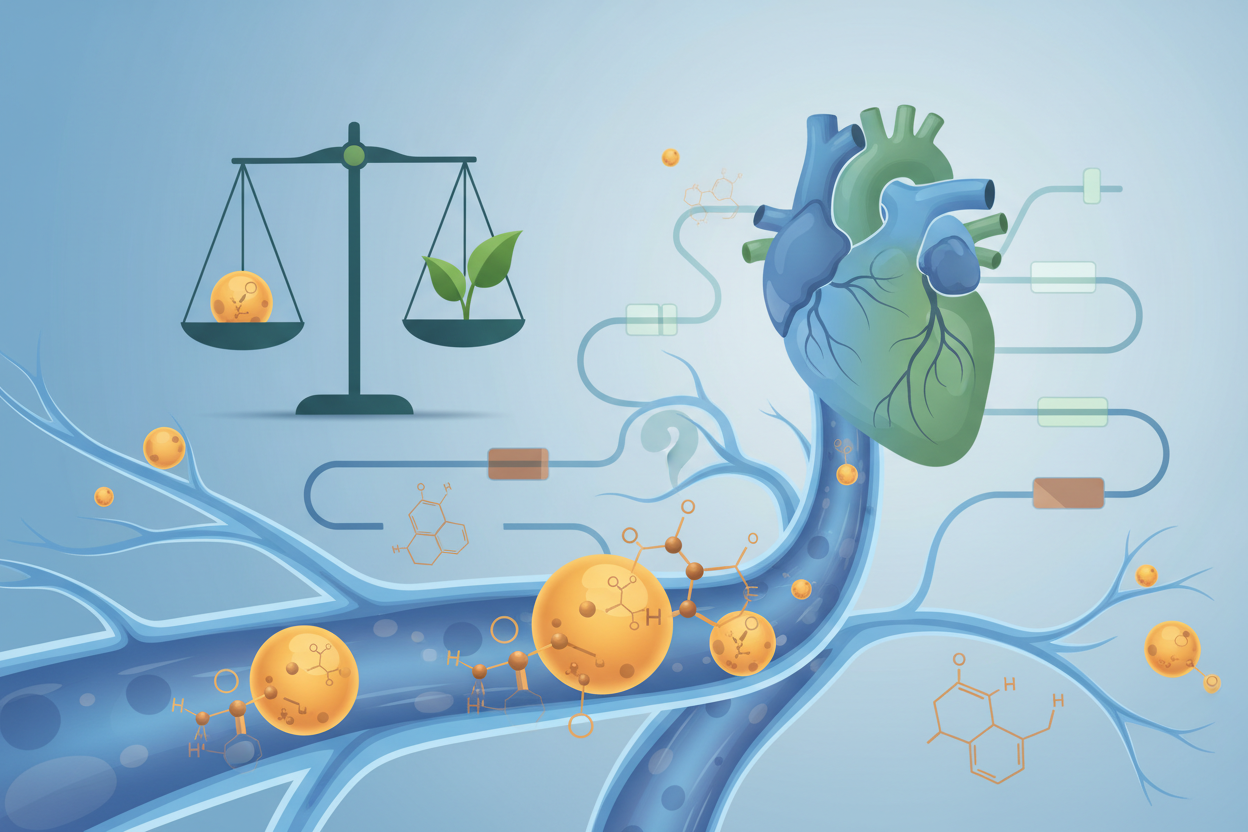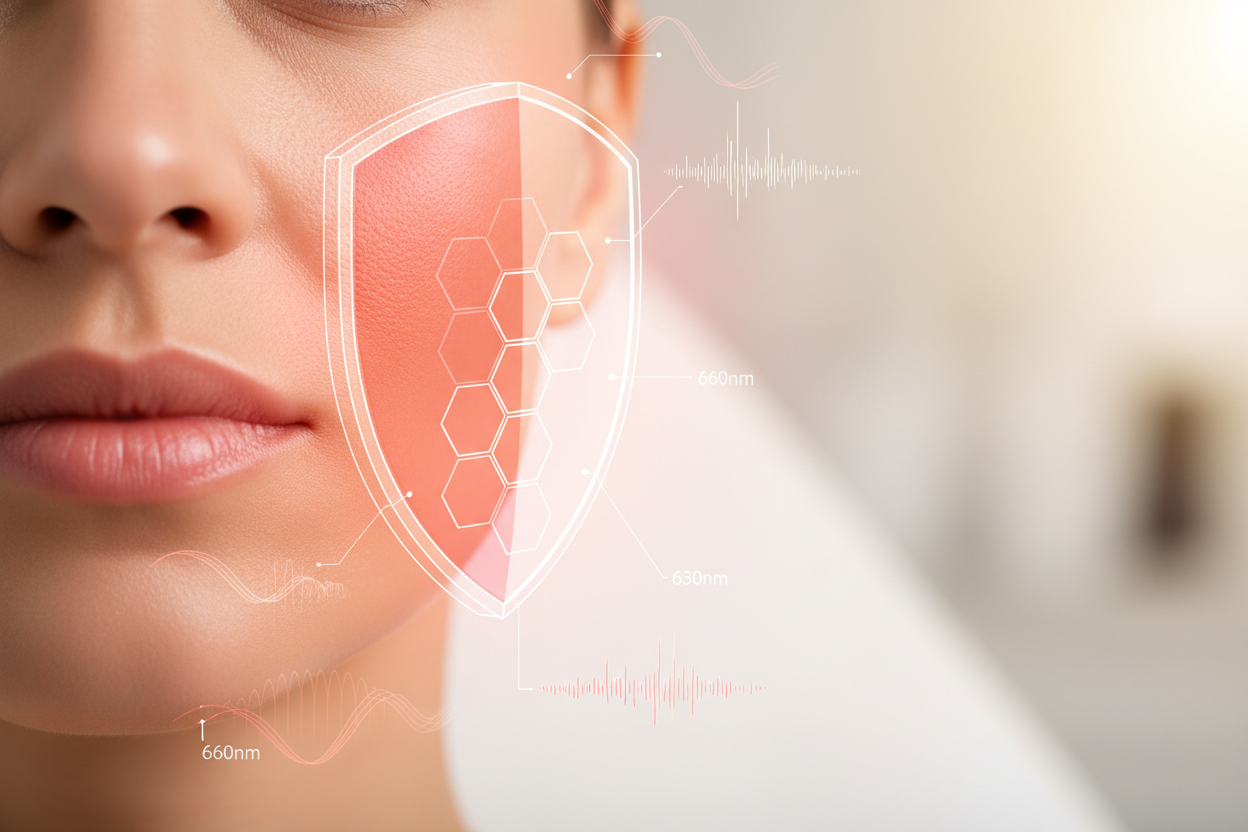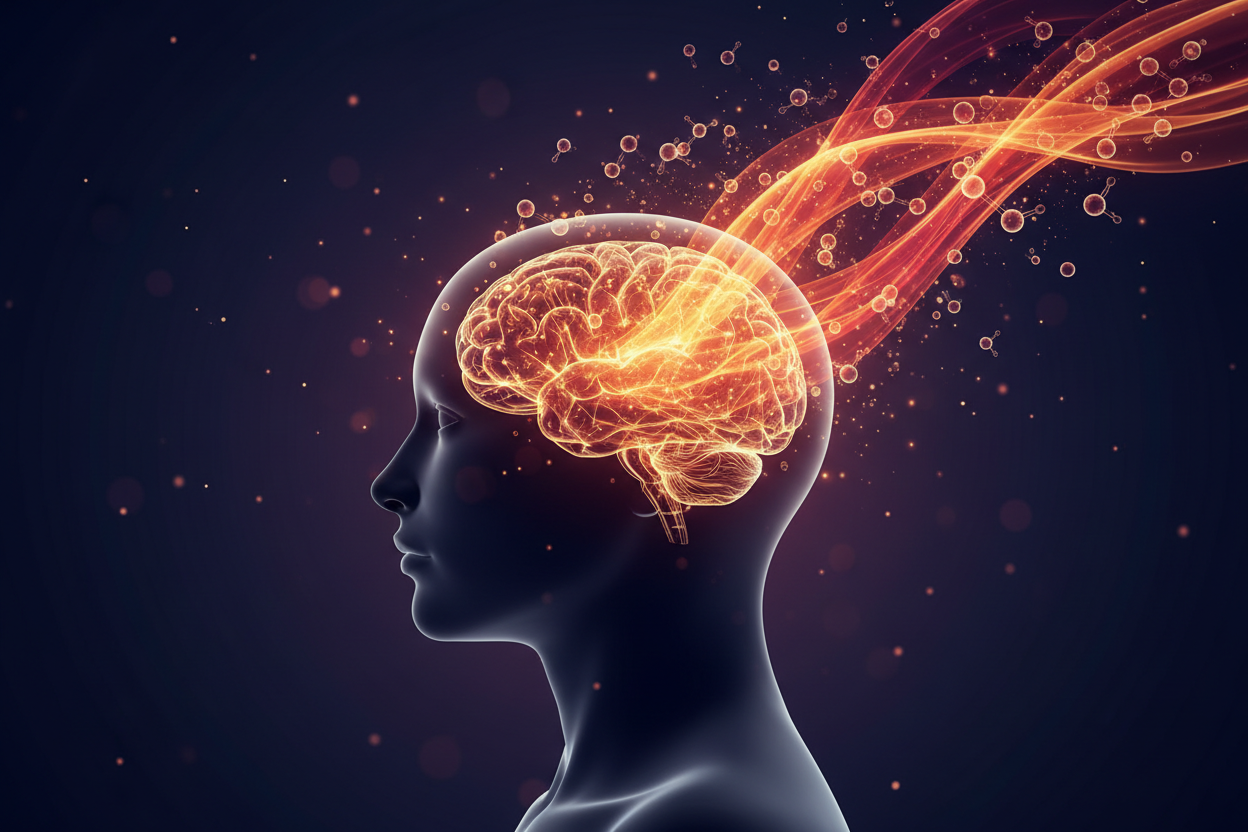Iron is an absolutely essential mineral for a wide range of vital functions in our body. It plays a key role in energy metabolism, is necessary for the healthy appearance of hair and skin, helps keep joints pain-free, and overall supports a smooth and optimal aging process. Yet iron is one of the most misunderstood and underestimated minerals. There is often confusion regarding the correct interpretation of blood tests, and many people unnecessarily worry about excess iron, while in reality their cells suffer from a deficiency. At other times, iron can be problematic in the cells without blood tests reliably revealing it.
To clarify this issue, let's take a closer look at iron metabolism. The average adult male body contains about 3.8 g of iron, while women have about 2.3 g. The largest portion (66%) is bound in the blood pigment hemoglobin, followed by muscle myoglobin (15%) and the storage protein ferritin (25%). We lose approximately 1 mg of iron daily, mainly through stool, sweat, and a very small amount through urine. Women experience higher losses due to menstruation, and during pregnancy, the need for iron increases to support proper fetal development.
The recommended daily allowance (RDA) of iron takes into account average absorption from the diet, normal losses, and certain individual differences. For vegetarians and vegans, the RDA should be multiplied by 1.8 because the absorption of iron from plant sources is generally lower than from meat. Iron absorption from the diet is influenced by a variety of factors. Vitamin C improves absorption, whereas phytates in cereals, legumes, and nuts, polyphenols in coffee, tea, and red wine, and calcium reduce it. Animal proteins support absorption, while plant proteins tend to disrupt it. The good news is that heme iron from meat is absorbed very efficiently and, unlike non-heme iron, is not particularly affected by dietary factors.
For optimal utilization of iron, its distribution and regulation in the body are absolutely essential. The main carrier is the protein transferrin, whose saturation is often one of the measured parameters. Paradoxically, high transferrin saturation without a simultaneous increase in storage ferritin may indicate intracellular iron deficiency if caused by the accumulation of oxalates or mutations in the transferrin receptor. Enzymes dependent on vitamins B2 and B3 and minerals such as calcium and magnesium also play a significant role, helping to release iron from storage ferritin for the current needs of cells. When this process is disrupted, serum ferritin becomes a very unreliable and misleading indicator.
Serum ferritin levels can rise not only due to excess iron but also due to oxidative stress, chronic inflammation, or oxygen deficiency (hypoxia). While low ferritin usually reliably reflects iron deficiency, high ferritin definitely does not mean that there is enough iron inside the cells! In these situations, measuring the soluble transferrin receptor (sTfR) can help. Levels above 3 mg/l can help detect intracellular iron deficiency even in cases where high transferrin saturation seemingly indicates an excess.
What does it imply?
Definitely do not take iron supplements without careful consideration and "just in case"; on the contrary, if you suspect an iron deficiency, do not limit yourself to just a complete blood count and ferritin test. Have your transferrin saturation and soluble transferrin receptor levels tested as well. If low iron levels are confirmed, it is advisable to choose a high-quality and well-absorbed supplement that contains not only iron but also other substances that support its optimal utilization.
A great choice can be, for example, the natural supplement KREV with fermented minerals and vitamins. It is designed to help optimize iron levels directly in the cells through the synergistic effect of all the necessary vitamins and minerals. In addition to a well-absorbable form of iron, it also contains vitamin C to improve absorption from the intestine, vitamins B2 and B3, and minerals such as zinc, calcium, and magnesium, which support the entry of iron into the cells and its release from storage ferritin. This thoughtful combination gives the KREV supplement a unique ability to address iron deficiency at the deepest level.
At the same time, do not forget to include natural sources of vitamins and minerals important for iron metabolism in your diet, and if possible, limit the amount of phytates, polyphenols, and calcium consumed with iron in the same meal.
The correct iron level is simply essential for our health and vitality. It pays to give it proper attention, monitor it with quality tests, and take appropriate action if there are fluctuations in either direction. With the help of the targeted supplement KREV and optimizing your diet, you can effectively bring your iron levels to an optimum both in the blood and inside the cells. The reward will be more energy, more beautiful hair, healthier joints, and smoother, more optimistic aging. And that's what it's all about!





Leave a comment
This site is protected by hCaptcha and the hCaptcha Privacy Policy and Terms of Service apply.